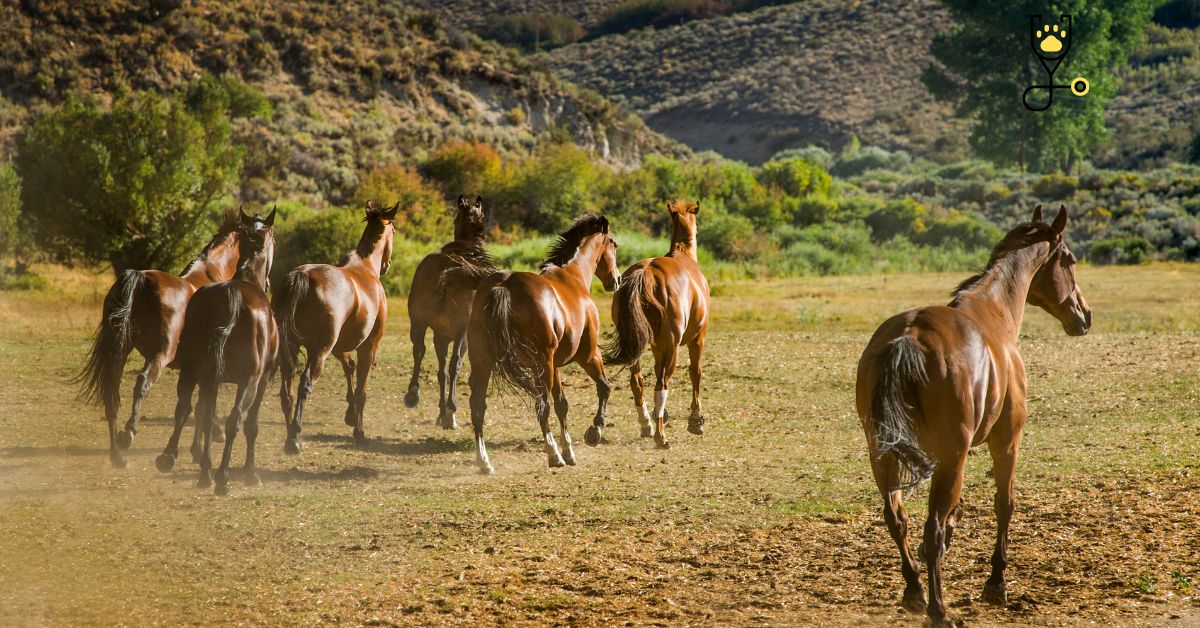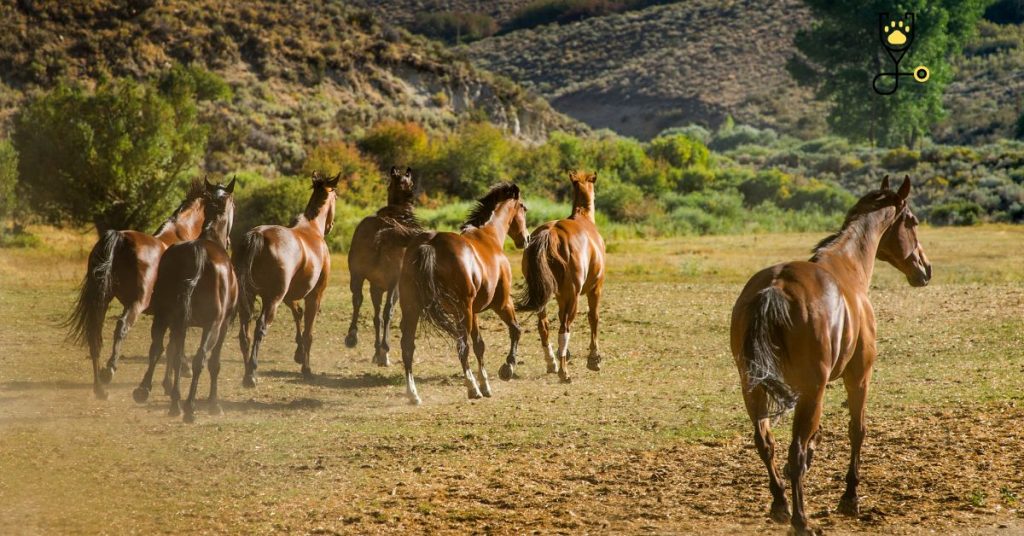If you’re like most horse owners, you work hard to provide the best care for your four-legged friend. You may wonder if turnout is a necessary part of your horse’s diet and care routine. Turns out, there are many benefits to turn out that you may not have considered! In this blog post, we’ll discuss 8 health benefits of turnout for your horse. Keep reading to learn more!
What is Turnout?
Turnout is when a horse is let out into an area to graze and move around freely. This can be a pasture, paddock, or some other type of fenced-in area. Different types of turnout provide different levels of freedom for the horse.
Types of Turnout
The three main types of turnout are:
1. Group turnout – This is when a group of horses is let out together in an area to graze and move around freely.
2. Individual turnout – This is when only one horse is let out in an area to graze and move around freely.
3. Limited turnout – This is when a horse is limited to a small area for short periods of time, usually for exercise or training purposes.
Benefits of Turnout
1. Strengthens Muscles and Bones
Turnout encourages horses to move around, which can help strengthen their muscles and bones. The movement also helps improve circulation, which can promote healthy tissue growth. This is particularly important for young horses whose bodies are still developing. Plus, it’s a great way for them to get regular exercise!
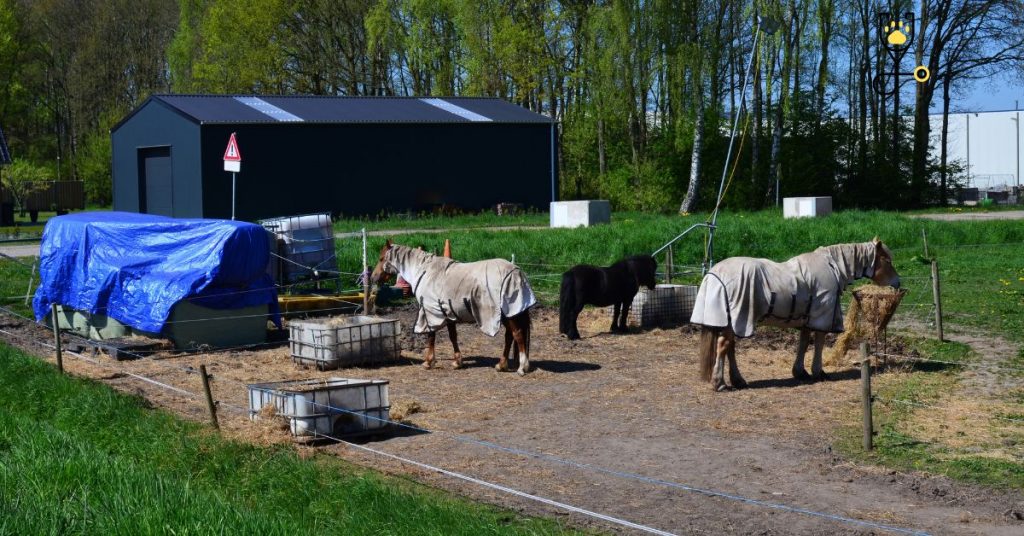
2. Improves Socialization Skills
Horses are naturally herded animals and turning out gives them the opportunity to interact with other horses or humans in an area that is larger than a traditional riding arena or paddock. This can help them learn proper socialization skills as well as gain confidence when dealing with other horses or people they may not be familiar with yet.
3. Boosts Mental Health
Being able to move around freely and interact with other horses can help reduce stress levels in horses, which can lead to improved mental health. This is especially true for rescue or retired horses that may have experienced high levels of stress in their previous homes.
4. Promotes Natural Behaviors
Turnout allows horses to engage in natural behaviors like grazing, running, and playing that they may not be able to do while stabled or kept in a paddock. This can help them stay physically and mentally healthy since they are engaging in activities that their bodies were designed for.
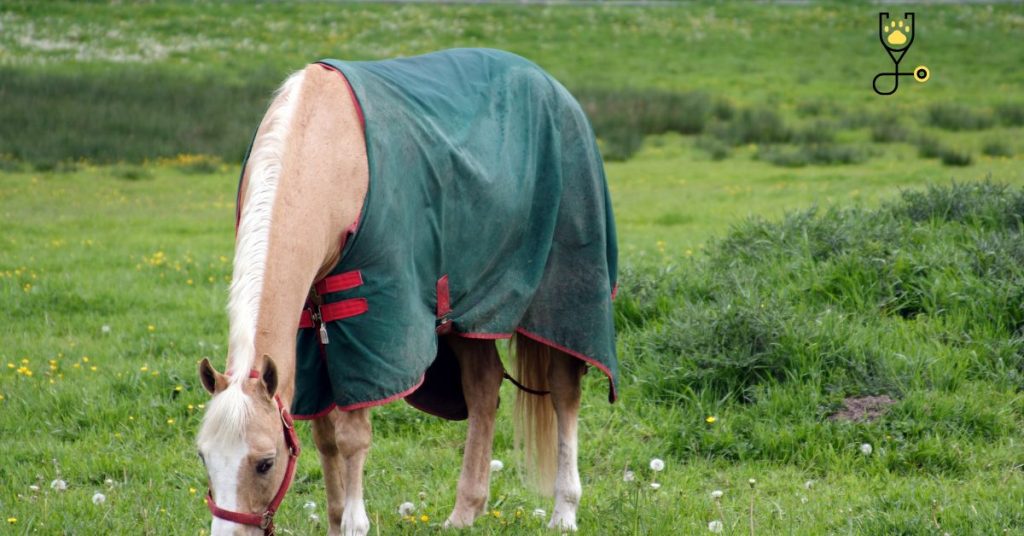
5. Enhances the Bond Between Horse and Owner
Spending time outdoors with your horse provides an opportunity for you both to bond! You can use this time to observe your horse in its natural environment and to create a stronger bond between the two of you.
6. Reduces Barn Vices
Barn vices are bad habits that horses may develop due to boredom or lack of mental stimulation. Turnout can reduce the likelihood that your horse will engage in these behaviors since they’ll be able to interact with other horses, move around, and graze freely.
7. Helps Prevent Disease
Turnout helps promote healthy digestion by allowing horses to eat more grasses and plants that they wouldn’t be able to access while stabled. This can help boost their immune systems and prevent them from getting sick or developing chronic diseases.
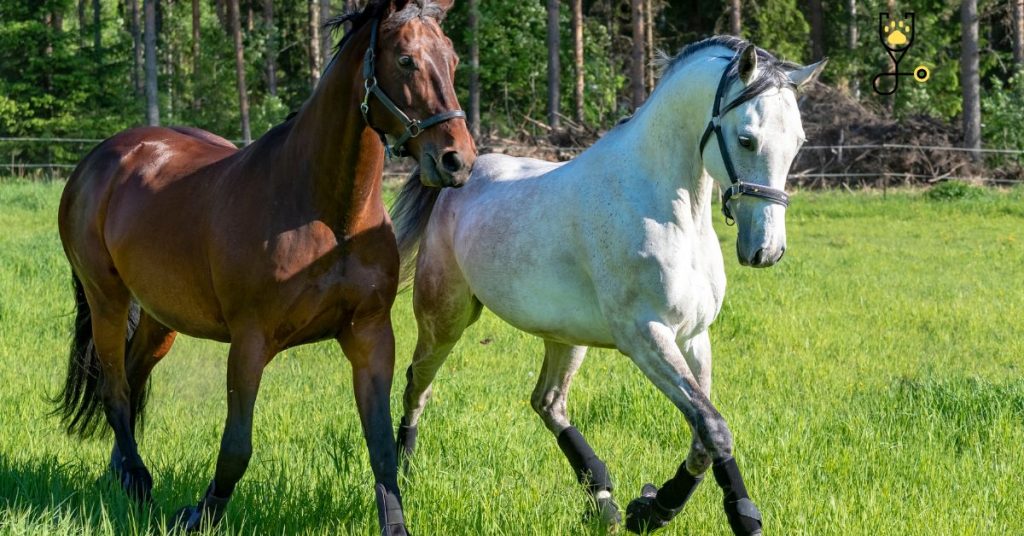
8. Boosts Overall Health
Overall, turnout provides numerous health benefits for your horse! From stronger muscles and bones to improved socialization skills, there’s no doubt that turnout can be a major plus for your four-legged friend. If you want to provide the best care for your horse, turnout is an essential part of their routine! Regular turnouts can help boost their physical, mental, and emotional health while also strengthening the bond between you and your horse. So don’t forget to turn out your furry friend on a regular basis! It could make all the difference in their health.
Conclusion
Turnout is essential for a horse’s health and overall well-being. Regular turnouts can provide your horse with numerous physical, mental, and emotional benefits while also strengthening the bond between you and your four-legged friend. So don’t forget to give your horse the opportunity to get some fresh air and move around! It could make all the difference in their health. Thanks for reading this blog post about the 8 health benefits of turnout for horses. We hope you found it helpful! Now that you know more about why turnout is important, be sure to implement it into your horse’s routine for optimal care. Happy turnouts!
Frequently Asked Questions
Q: How often should I turn out my horse?
A: It depends on the individual needs of your horse, but in general you should aim for a minimum of 1-2 hours per day. Speak with your veterinarian or horse professional to determine what is best for your specific situation.
Q: Can horses get too much turnout?
A: While it’s important for horses to have regular turnouts, it’s possible for them to get too much. Make sure that you’re monitoring their behavior and physical condition for signs of fatigue or stress. If these symptoms are present, reduce the amount of time they spend turned out until they have recovered.
Q: Are there any risks associated with turnout?
A: Yes, there are some potential risks associated with turnouts such as injury or disease. Be sure to take all necessary precautions when turning out your horse, including proper fencing and supervision. Additionally, make sure that you’re regularly inspecting the turnout area for any potential hazards.
Q: How can I ensure my horse’s safety during turnouts?
A: The best way to ensure your horse’s safety during turnout is by making sure they are properly supervised at all times. Additionally, check the turnout area for any potential hazards such as sharp objects or holes in the ground before allowing them to enter. Finally, always make sure that your horse has access to plenty of food and water while turned out.
Q: What types of activities should I allow my horse to do while turned out?
A: Your horse can enjoy a wide variety of activities such as grazing, playing with other horses, running and jumping, or just taking a leisurely stroll around their turnout area. Just make sure that they are not engaging in any strenuous activities that could lead to injury.
